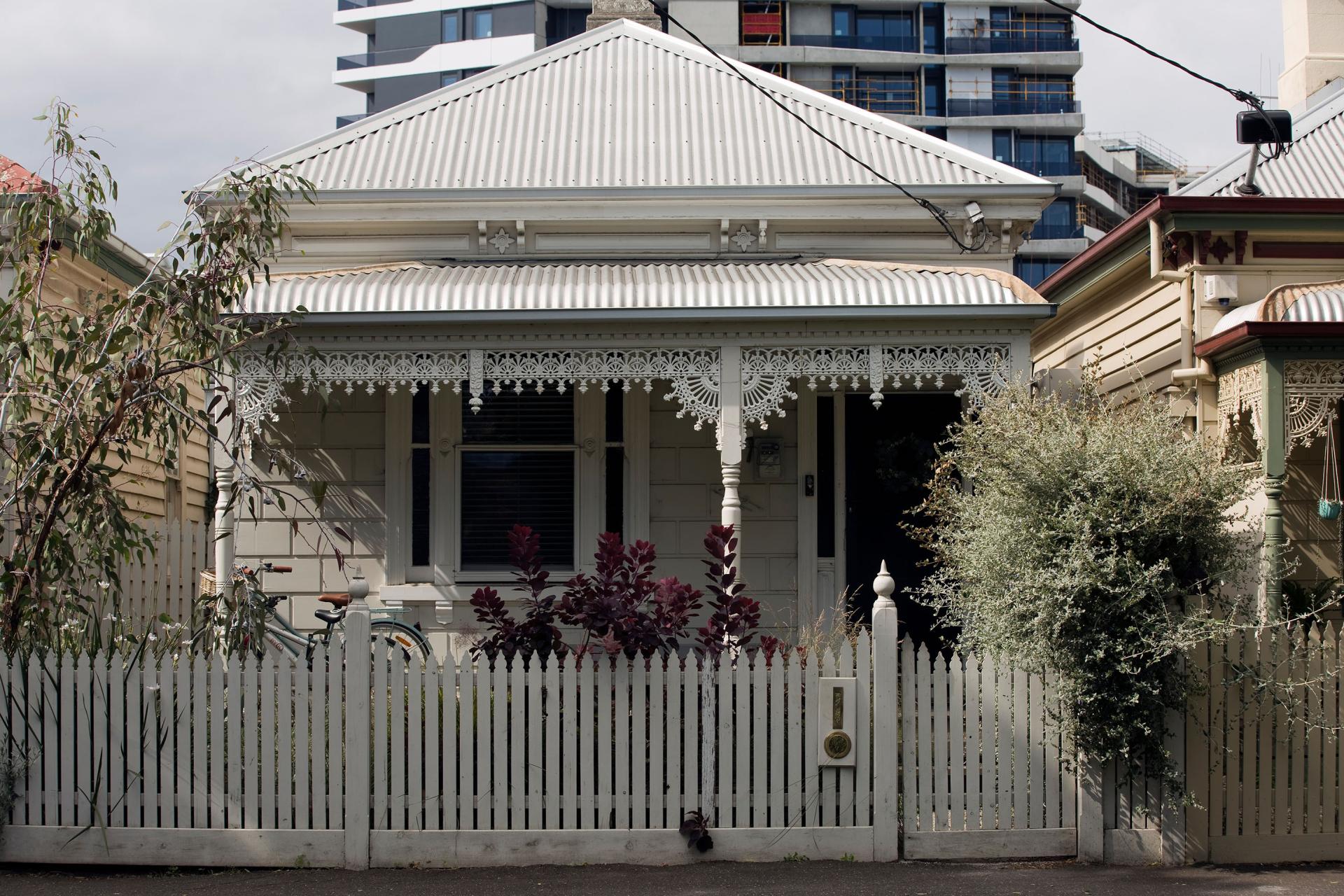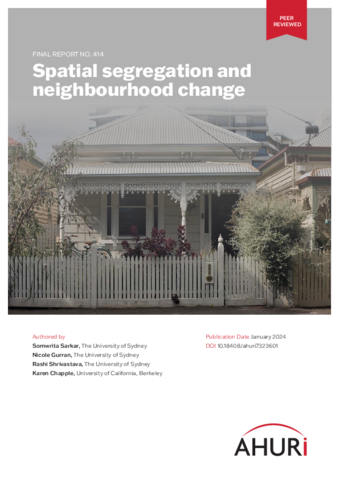This research investigates a range of significant changes in neighbourhoods in Australia’s five largest capital cities (Sydney, Melbourne, Brisbane, Adelaide and Perth) over two census periods, revealing changes in the housing market, social and economic deprivation and employment connectivity to the rest of the city and the wider region. It reveals that segregation in Australian cities is increasing over time, driven by income and economic class segregation.
Spatial segregation is detrimental to social cohesion and community wellbeing. Any segregation has negative effects, whether this segregation occurs at the affluent end (i.e. the rich gathering in some areas) or at the disadvantaged end (the poor concentrated in other areas).
The segregation in Australian cities is driven by high-income and very-high-income earners clustering into tight spatial groups. The most affluent areas—the high-value residential neighbourhoods—are closest spatially to the areas where there are the highest number of jobs. This results in a labour market where the highest-income earners travel the least to access job opportunities, whereas lower-income and moderate-income earners are forced out to the peripheries of the cities and must therefore travel more to access these same opportunities.
Policies that encourage a healthy spatial mix of housing and tenure types should be encouraged for each neighbourhood or local government area, but especially in affluent neighbourhoods, which typically are in close proximity to the richest employment and social opportunities.
Another focus area is a combination of provision of affordable housing options, as well as increased transport accessibility for those neighbourhoods that are not closely connected to employment and social amenities.


